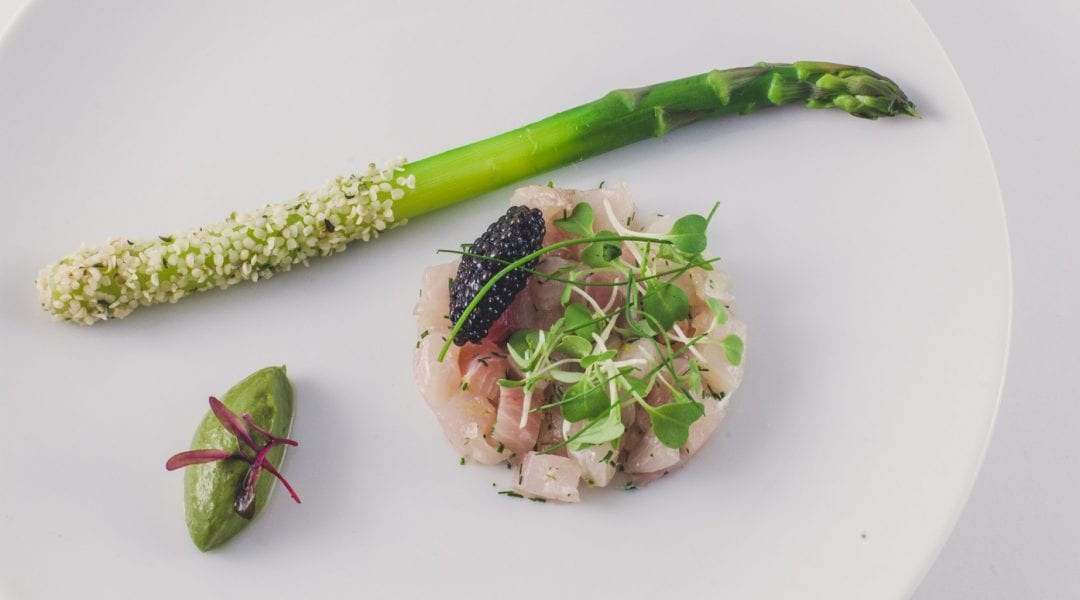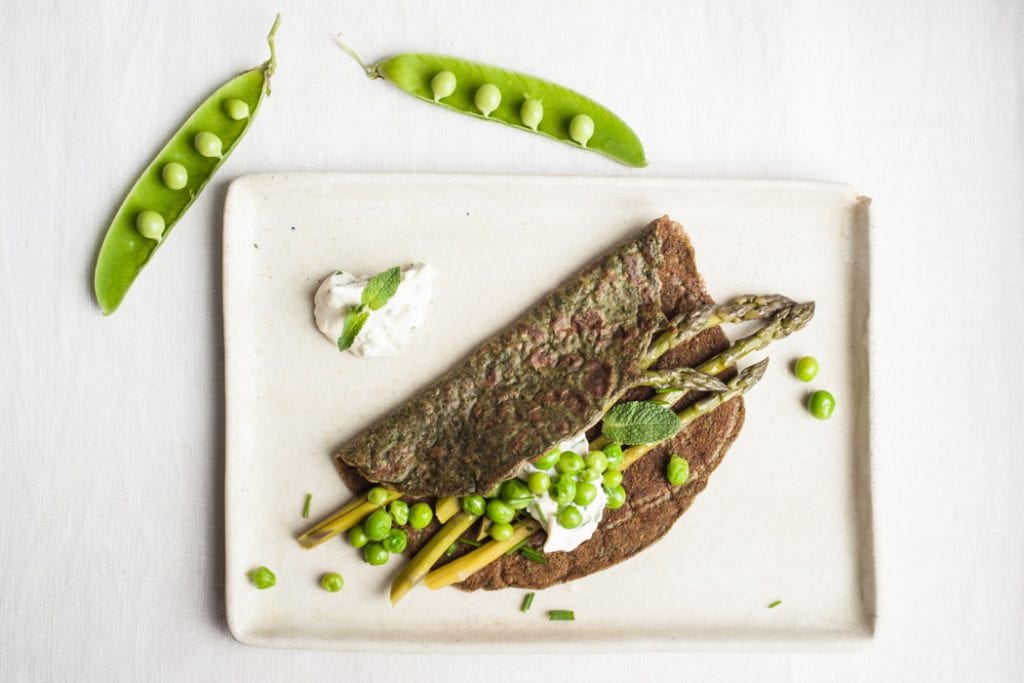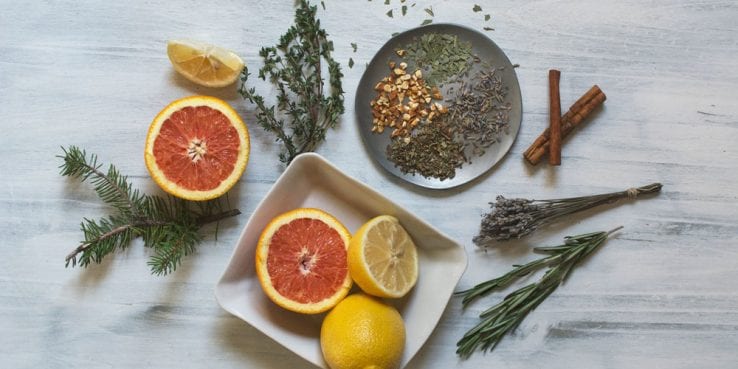Can you recall the last time you had a terpene rich side-dish paired with a steak and a glass of wine? Or maybe a terpene rich dessert made by one of your old culinary buddies using terpenes from rosemary, pine, or lemon? Or on the other hand, perhaps an appetizer packed organic terpenes extracted from industrial strains? Whatever your experience has been with terpene infused foods, one thing is for certain, foods that are rich with infused terpene flavor profiles belong on gourmet plates. Terpenes give unique flavor profiles to all sorts of herbs and fruit-bearing plants and make a great addition to both sweet and savory dishes.
Chefs all over the country are scrambling to their recipe books to find creative ways to infuse organic terpenes into their arsenal of cooking strategies. Extracting terpenes to flavor your favorite dish may become as common as adding dried oregano or rosemary to a bowl of soup. As industrial strains of plants become more available for harvesting, terpenes will become more accessible for the culinary arts and their creative fusions of food and flavor building terpene rich elements for their main courses, appetizers, and desserts..
While many years of cooking have explored different combinations of terpene rich foods both sweet and salty, not many have mastered the art of cooking with industrial terpene strains for the mainstream. Organic terpenes can have a very’ impactful flavor and can challenge less dominant flavors on the palette. However, as the cutting edge culinary industry creates world-class courses for the new class of consumers, looking for exquisite edibles, an ever increasing number of traditionally prepared gourmet specialists are investigating the potential outcomes of a really green kitchen.
Many chefs are attempting to combine high-end food and terpene extractions to make foods that showcase the terpene profiles of some of the most complex strains a prominent feature on the menu of higher-end restaurants. Rather than just burying dishes in processed seasonings, chefs around the world are learning heavily on terpene extracts to flavor dishes. By utilizing terpenes, the natural flavor that influences the smell and taste of various plant strains, chefs can rely on these natural resources to create new complex dishes for their restaurants. Terpenes are likewise normally present in other plants like pine and herbs. Fruit producing trees like lemon trees and lime trees are also rich in terpenes. Terpenes recipes can include the use of lemon or lime essential oils, which are abundant in these fruit-producing trees.
There are so many exploratory options when dealing with terpenes in the kitchen, sauces, seasonings, and rubs have all the potential to bring terpenes to the front line of the culinary arts. Terpene infused caramelized onions, and potato hash all make for great condiments for grilled steaks and vegetables. The sweetness of the terpenes in the potato hash play off the sweetness of the sugar drawn out when caramelizing the onions. There are more creative dishes to explore like stone ground foods grown from the ground like grain mustard, infused with purple kush.
Pickling plants are also becoming an option for creative chefs. The terpene profile of various herbs and fruits can be infused into the picketing vinegar which creates a stunning pickled condiment that pairs well with salty meats for a great appetizer. Full spectrum terpenes infused with the culinary arts has only begun, the future of food and complex terpene profiles looks bright and promising for fans of food and flavor.
Industrial strains of greens are also being used in salads and dried out and used as a dry herb topping for other dishes. The terpenes in these plants are strong enough to represent the plant on any plate in need of a fresh new flavor. These terpenes are also being infused in salad dressings and beverages. The sky is literally the limit, and creative culinary artists are flying as high as they can to be the first to the table with the creative-culinary plate of the future.







